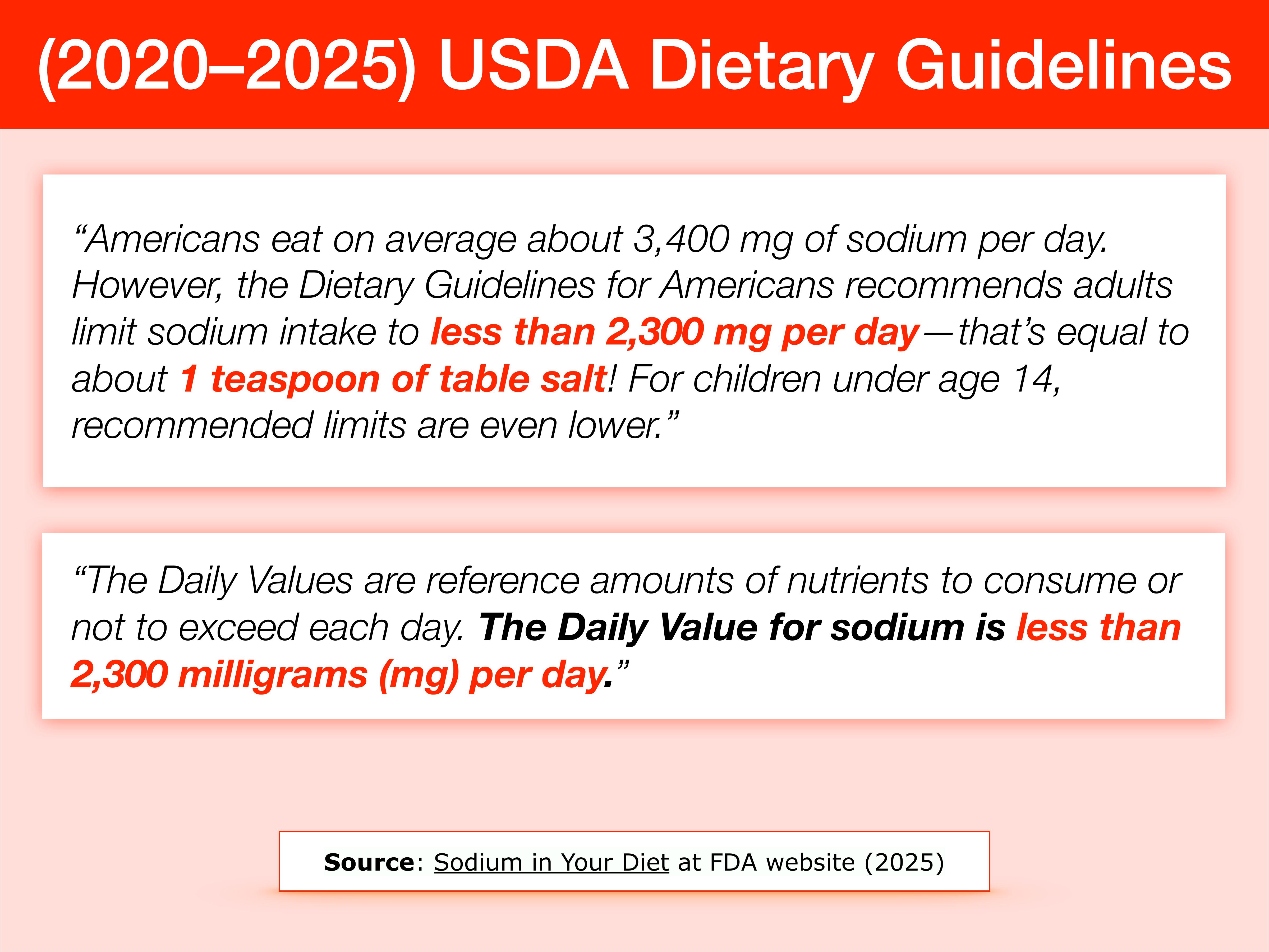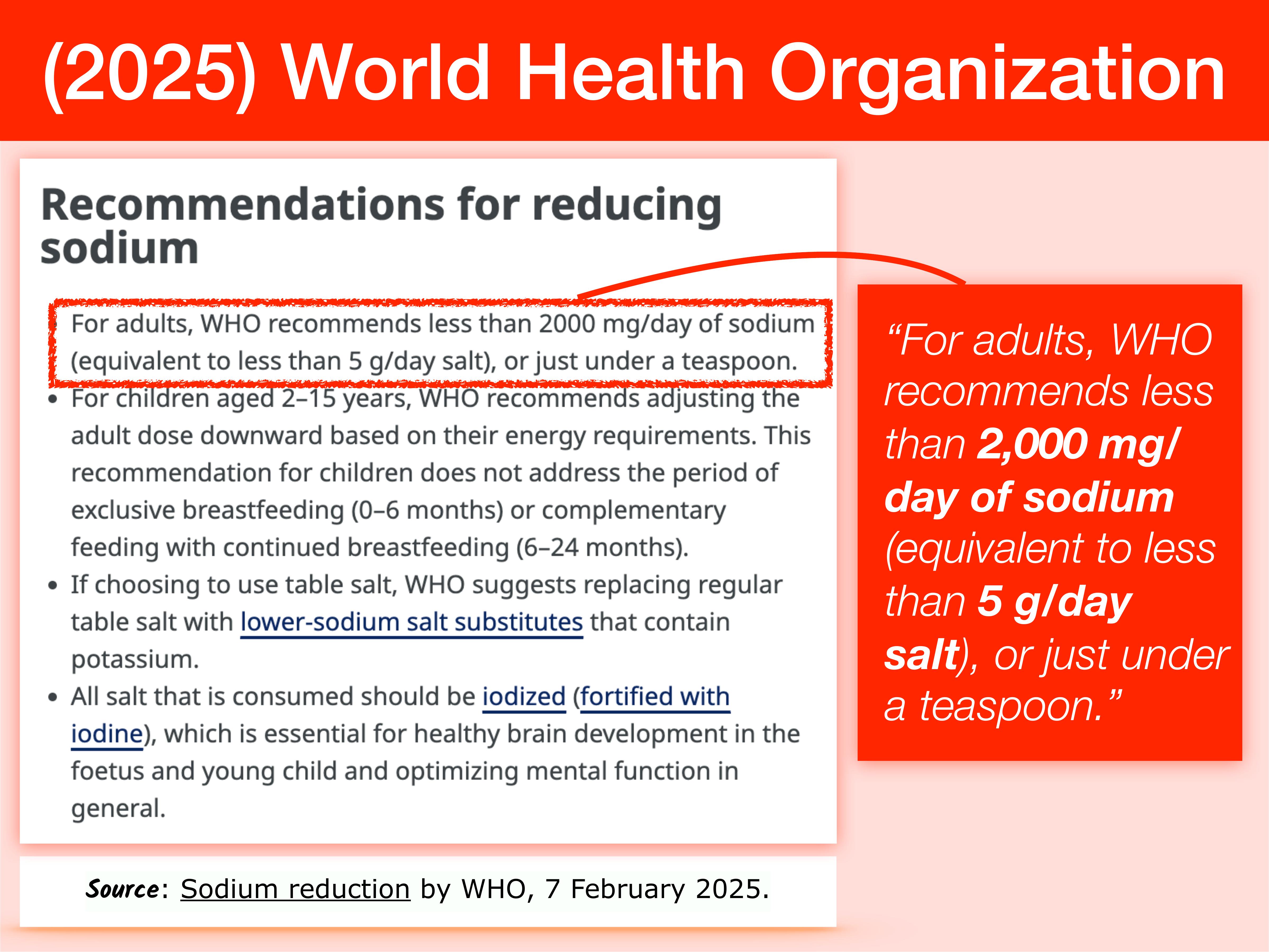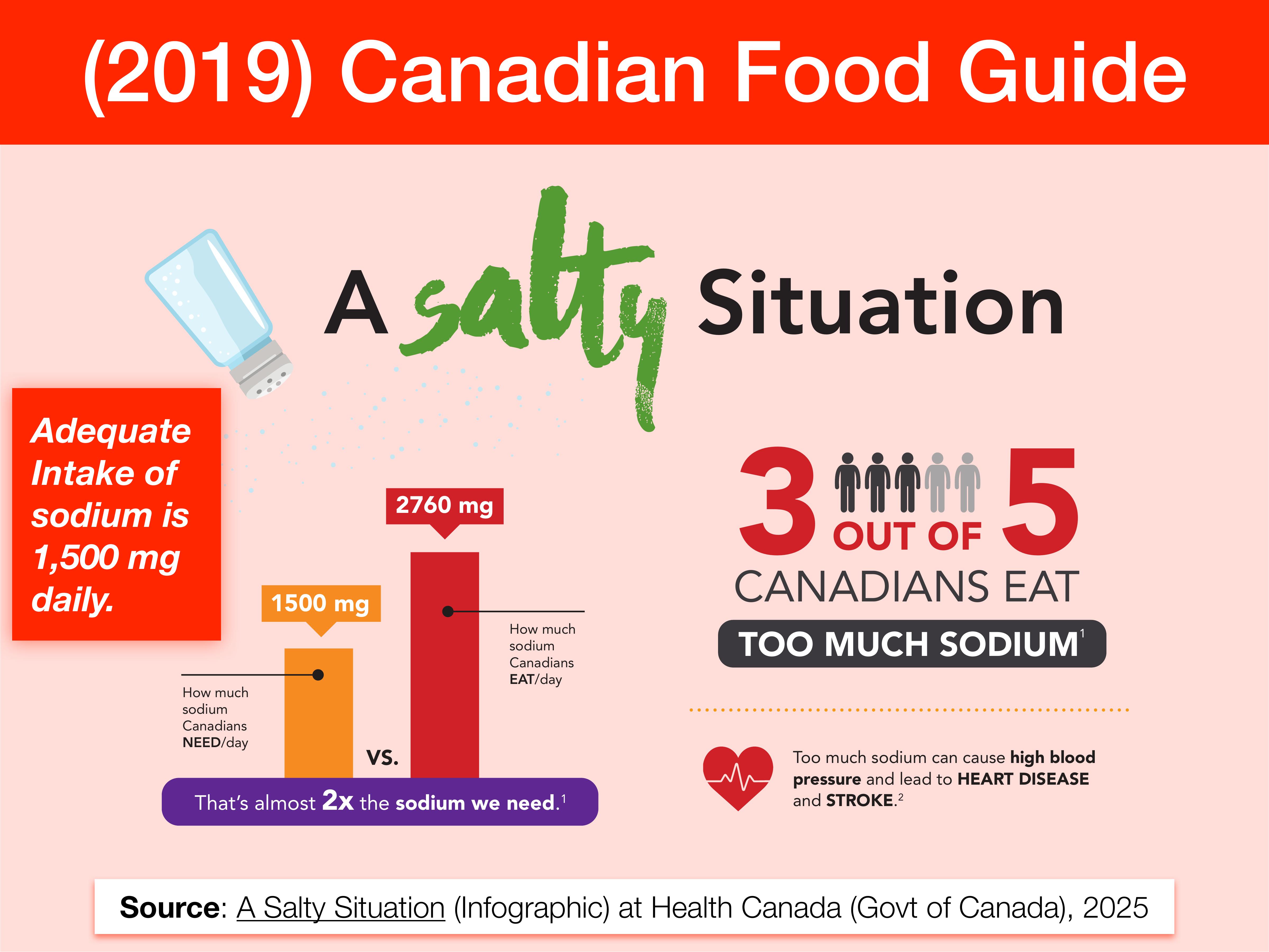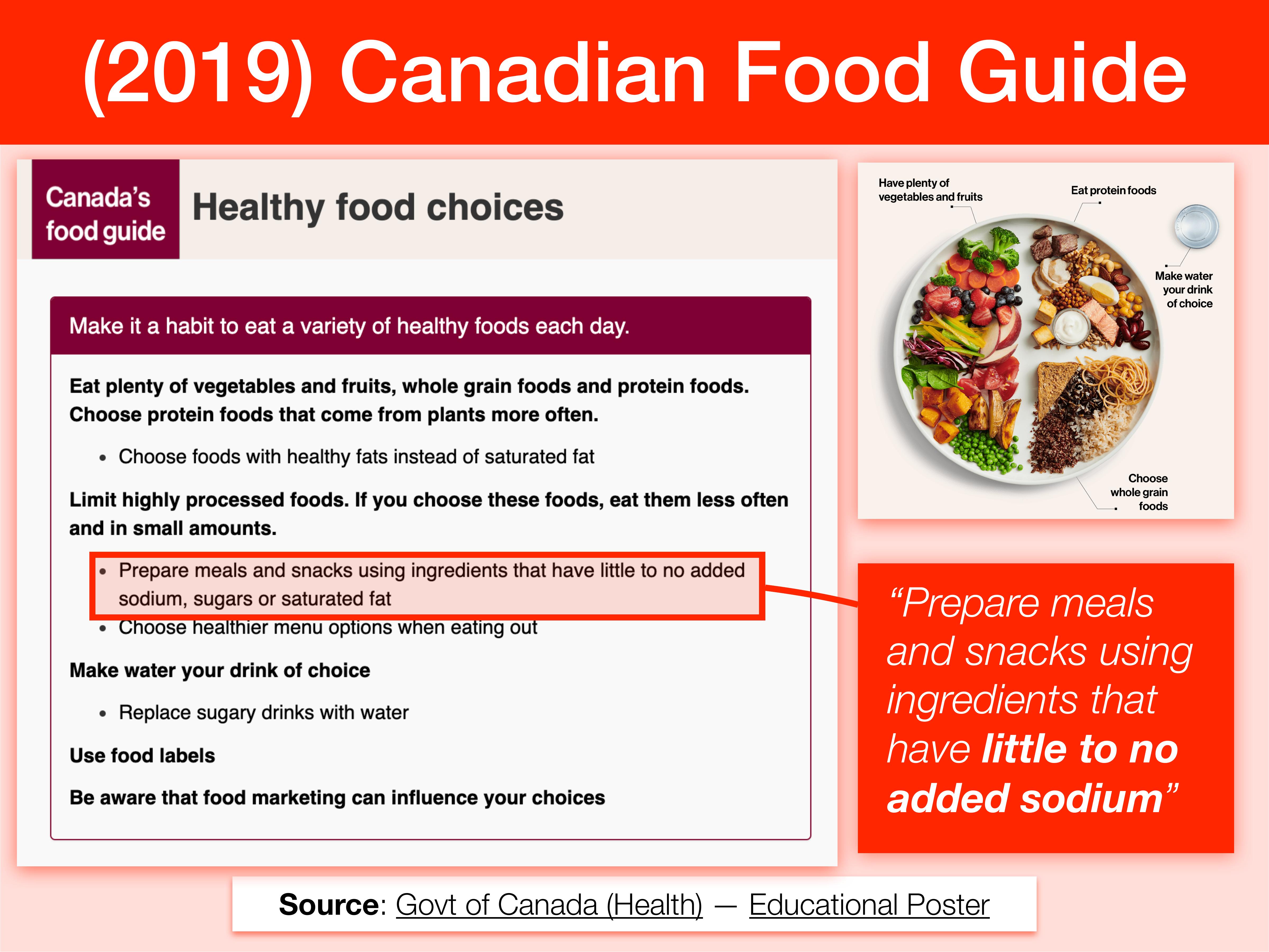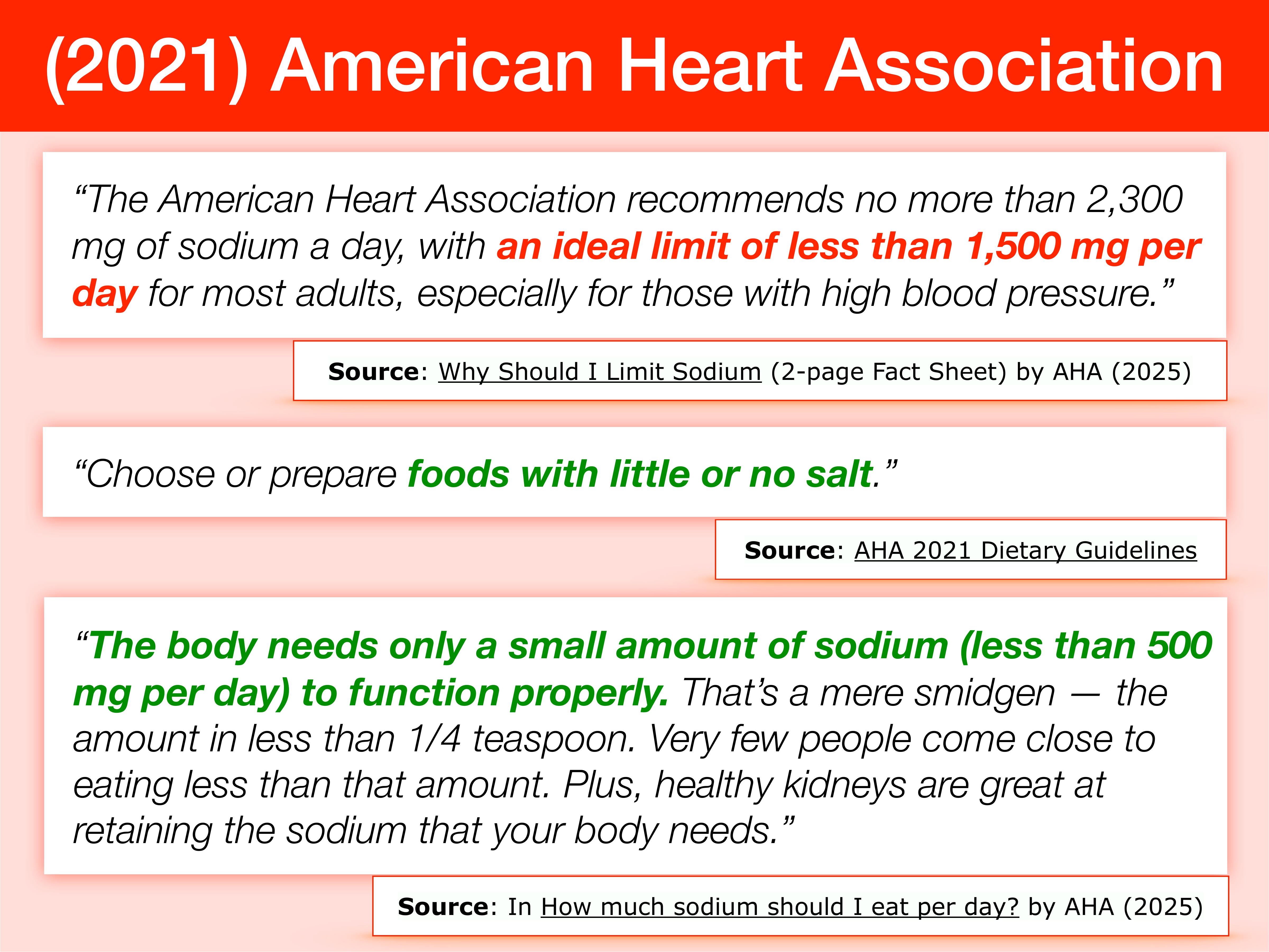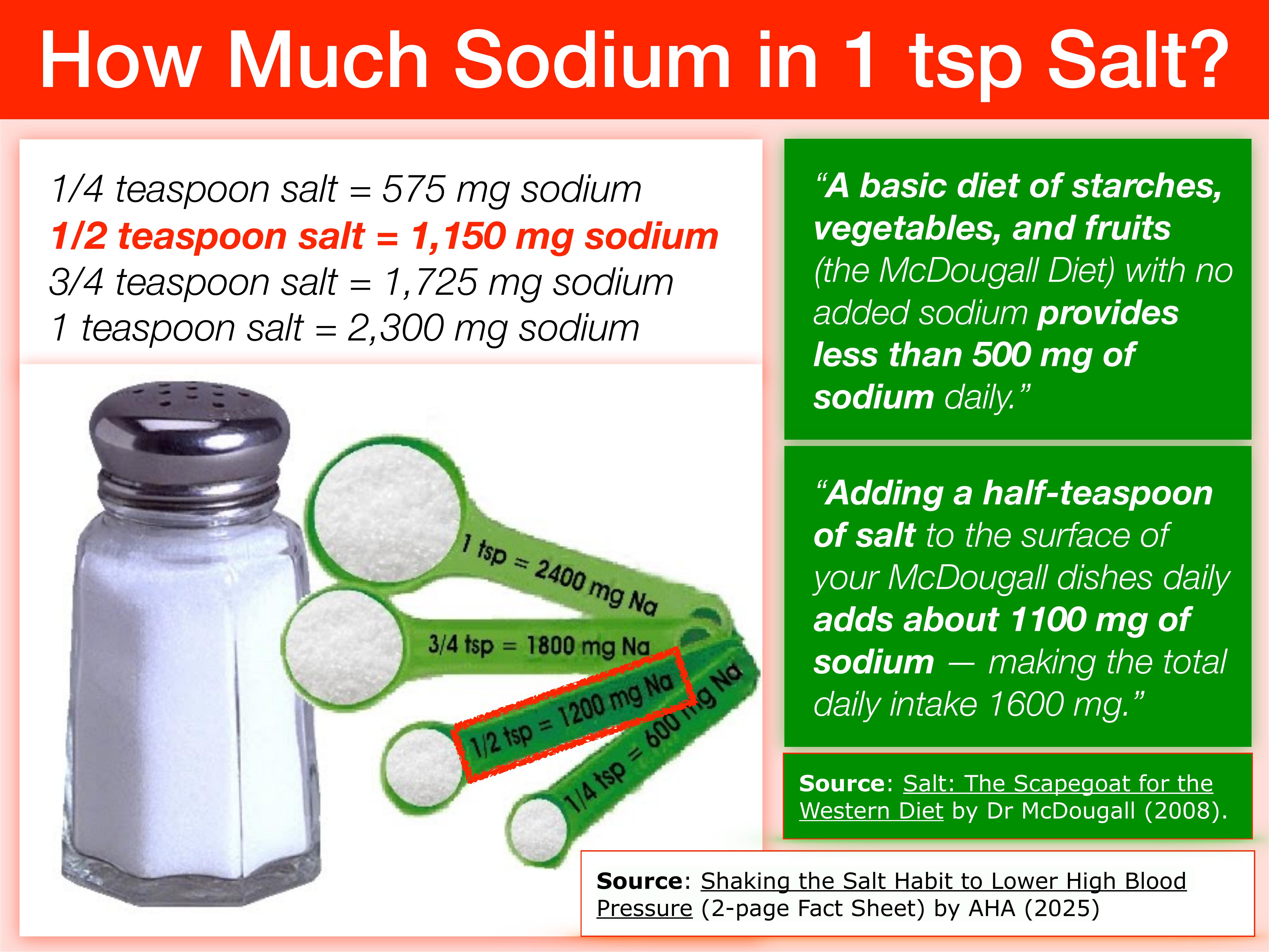On a 2,000 calorie Whole Food Plant-Based diet, we can get approximately 400 mg sodium from the food itself. If we add 1/2 tsp salt, our sodium intake increases by approximately 1,100 mg sodium, for a total of approximately 1,500 mg sodium daily. If we choose to add only 1/4 tsp salt or 1/8 tsp salt daily, our total sodium intake lowers further. In fact, many WFPB luminaries recommend adopting a salt-free lifestyle!
Note: A small percentage of people have medical conditions like hyponatremia and must consume salt for medical reasons. Thus a salt-free lifesytle is not for everybody. If we have any medical condition, we must consult with a licensed medical doctor before making any dietary changes.
How many people consume excess sodium and too little potassium? "Less than 1 in 5,000 individuals in USA", says Dr Greger! Why are sodium and potassium studied together? See Sodium Potassium Ratio | K Factor.
(5 mins) Transcript. Dr Greger's summary: "A staggering 99.99 percent of Americans fail to get the minimum recommended potassium intake (despite it being perhaps only half of our natural intake) and stay below the recommended sodium intake (even though it may be twice our natural intake)."
(4 mins) Transcript. Dr Greger's summary: "Is a plant-based diet sufficient to reach sodium goals?"
This video helped me learn that USDA recommends <2300 mg sodium per day. AHA (American Heart Association) recommends <1500 mg sodium per day. Vegetarians eat about 3,000 mg sodium per day; non-vegetarians consume about 3,500 mg sodium per day. In Europe, only the vegans manage to be around 1,300 mg sodium per day, which is below the AHA limit of <1500 mg sodium per day.
Should we cut down our salt intake to zero and adopt SOS-Free lifestyle? SOS stands for Sugar, Oil and Salt. Several Whole Food Plant-Based luminaries advocate a zero-salt | salt-free | SOS-free lifestyle.
(2025) Sodium reduction, published by WHO (World Hearlth Organization).
(2018) A Salty Situation, published by Health Canada, Govt of Canada.
(2020) Canada's Food Guide — Healthy Food Choices, published by Health Canada (Govt of Canada).
(2024) Sodium in Your Diet, published at FDA website.
(2025) Why Should I Limit Sodium, 2-page Fact Sheet by AHA (American Heart Association).
(2021) 2021 Dietary Guidance to Improve Cardiovascular Health: A Scientific Statement From the American Heart Association, Circulation. 2021;144:e472–e487.
(2025) How much sodium should I eat per day?, at AHA (American Heart Association) website.
(2008) Salt: The Scapegoat for the Western Diet, by Dr John McDougall.
(2025) Shaking the Salt Habit to Lower High Blood Pressure, (2-page Fact Sheet) by AHA (American Heart Association).

 Instagram
Instagram YouTube
YouTube